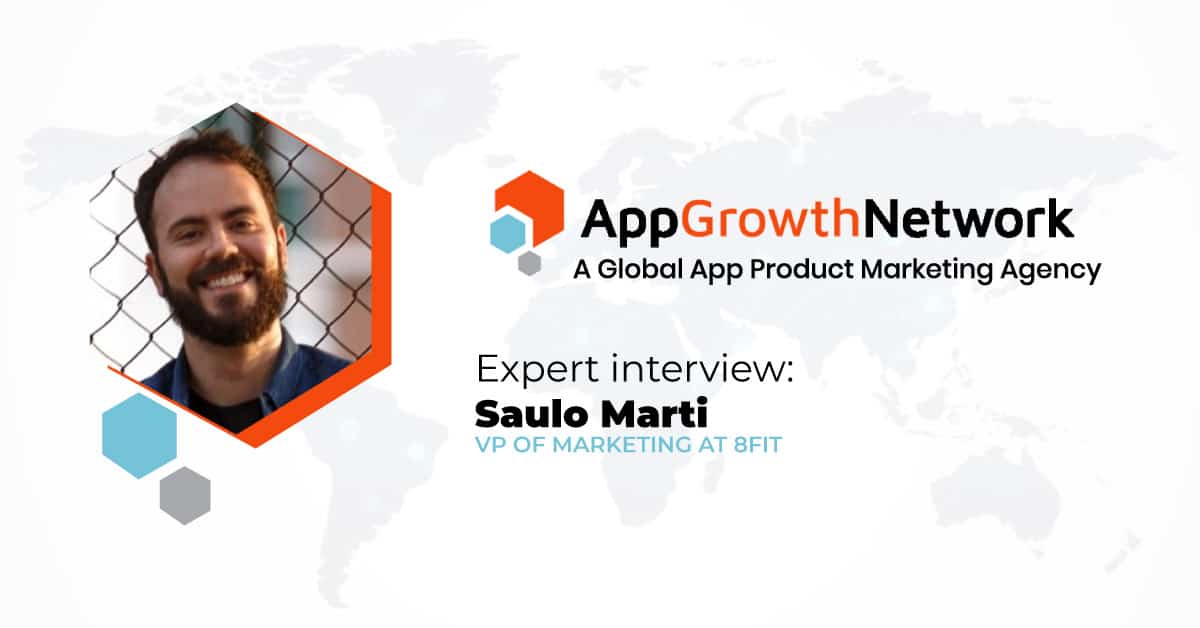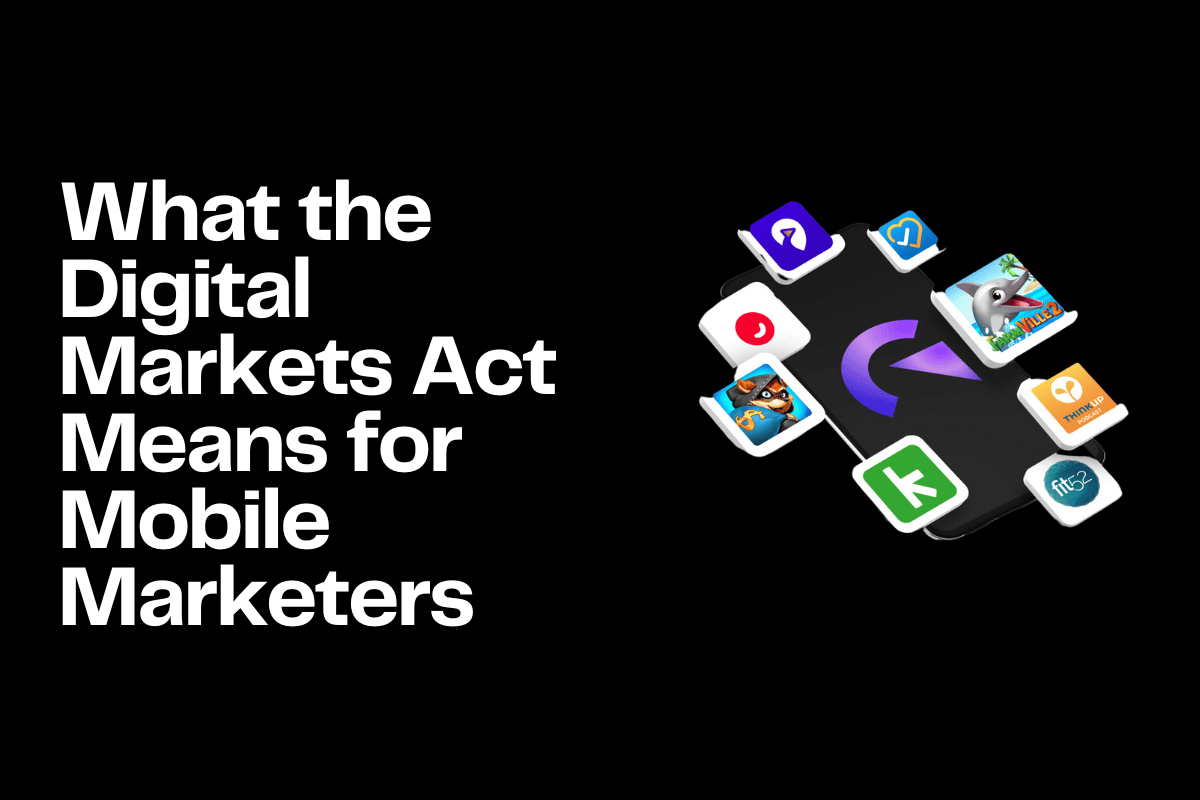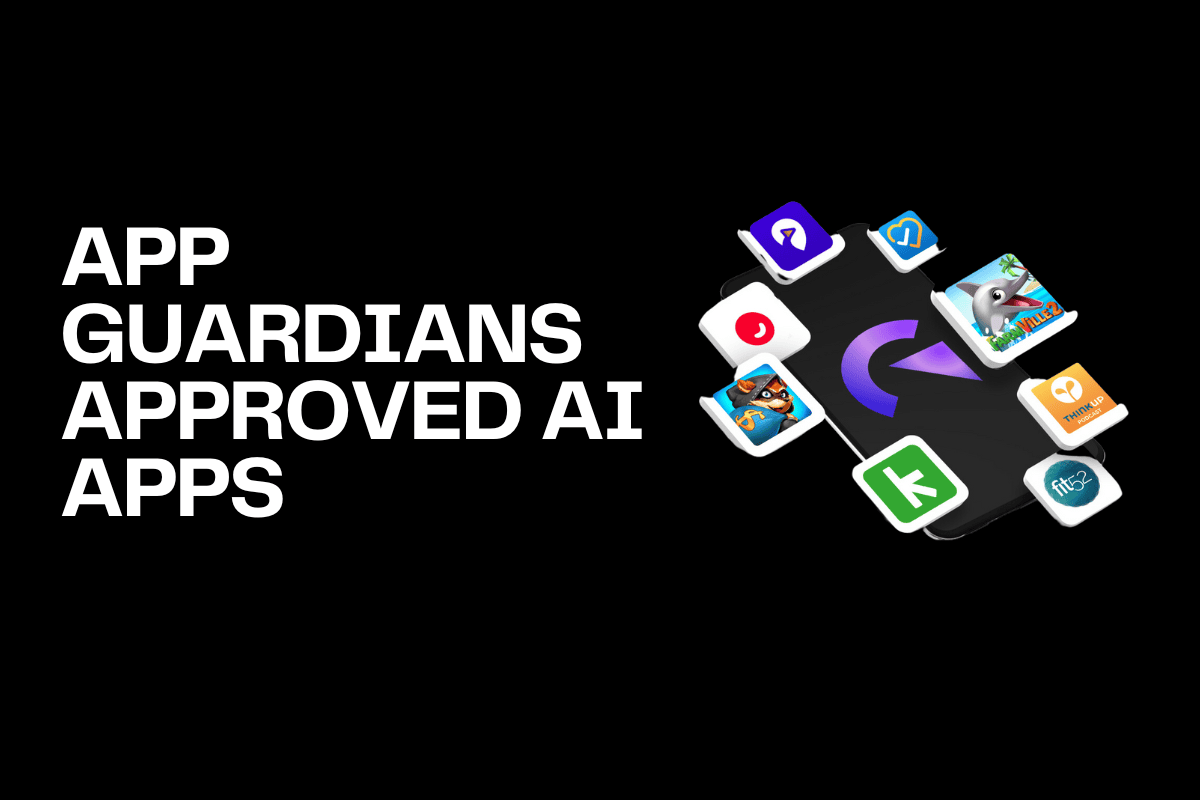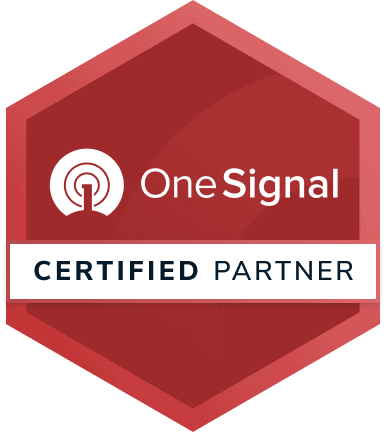Expert Interview: Saulo Marti
**Saulo was the VP of growth for Hibooks when we interviewed with him, he is currently the VP of Marketing for 8fit**
Hi there Saulo…
Please tell us more about yourself…
I’m a VP of Growth at Hibooks and an advisor to a few startups in Brazil and Germany. within the mobile space. I’ve been in the mobile industry since 2011 when I co-founded my own mobile startup.
In your opinion, what’s currently popular in the app industry?
I think one of the biggest trends is the focus on automation and programmatic. I also think that there’s a lacking trend to focus on organic and brand. There is also a lack of focus on organic Growth. Companies such as Airbnb or Dropbox originally focused on viral and referral effect, Media is now also a key focus point but originally that was not the case. Many VPs of marketing focus on acquisition instead of a full growth cycle that has retention and organic as the core agenda.
New App developers want to focus on organic but organic seems to be difficult to obtain with low budgets. What is your philosophy here?
I don’t necessarily think they WANT to focus on organic, but low budgets make it the only alternative. There has to be a blend. I think both paid and organic provide the key make-up structure for growth. It’s not one or the other, it should be both. Mobile apps constantly want to focus on Growth Hacks instead of creating viral loops regardless of which stage they are in. Leverage your user base to create organic content which will give you long term SEO juice. UGC! The mindset of the organization should not be only a solo channel. Super UA driven companies in meditation and fitness industry eventually hit a maximization point in terms of user lifecycle where users don’t see a need to use the product anymore because they have already learned how to meditate or they have already reached their fitness goals.
One way to keep users engaged even after they reached the maximization point is to create a sense of belonging and community. For example, the key players in meditation industry focus on lifestyle as opposed to meditation only. Additionally, it is important to find a feature in your product which becomes beneficial for users even after achieving their goals. For instance, a meditation app might focus on developing a 2-minute relaxation exercise which helps business people relax before an important meeting. One of the areas that companies such as Hibooks should really invest in is building a community of users who feel there is belonging and not a limit to their usage habits. Dealing with Founders who have a specific mindset about the product: If you just focus on downloads and numbers then you are doomed to fail. You will never want to overspend. Without a complete understanding of the reasons behind churn, you can never grow even with awesome CAC.
Looking at an App lifecycle, at what stage do you suggest the growth teams to take steps back and hyper-optimize everything or send the product back to the lab before the next push?
I definitely think this is more of a product cycle thing, rather than a specific amount of time. The moment you realize your app is losing traction and losing engagement in terms of cohort engagement curves then it’s time to re-think some of your strategies. I don’t believe in hyper-optimization as I think a lot of it is momentarily but I’ll elaborate.
Dealing with Growth Teams in steady environments where growth has to be pulled back: Take steps especially with growth teams who are performance driven. Create a growth mindset for the whole organization not only the UA team. My job and your job is integrated towards the growth of the organization as a whole.
What do they do when there is nothing to do?
Creative development: Suggest the UA team to sit back and do creative crunching which will eventually promote creativity Data scrums: Spend a month to sit back and analyze the data as well as what went wrong. Audit of tools, pixels, tracking: Everything: look back at your mistakes and figuring out what may have gone wrong . Keep them busy. Draining the morale.
The bottom line for if the company isn’t thriving is that we all lose as a whole.
What KPI do you look for to determine if an App is healthy?
-
- Paid to organic ratio
- CAC x LTV ratio
- Growth curve
- Unit economics
- ROAS
- Audience size and potential size
Before we leave, what are some final advice you would like to give?
Be customer centric and find out what they want, and make sure to deliver it.
Don’t sweat the small stuff. It’s quite easy to get into a hyper-optimization mode where you want to optimize your Activation rate from 5% to 5.5%. The energy spent there is sometimes too high to even see this being successful. So pick your battles and don’t sweat the small stuff.
CREATE CONVERSATIONAL OPPORTUNITIES – this is something needed in the industry. People need to share and talk about products. Create opportunities. Talk to customers, create opportunities to have the customers talk about you. Associate yourself with innovation. Customer service sometimes can be the biggest reasons you may grow. An example of this is a food delivery App: How the service said we can’t do anything about it – Example of how immediately they refunded, delivered the food in 20 min, refunded him and how this went on viral 20,000 shared on linked in. Finally set aside a budget for innovation across the organization: We have a budget for retention and customer service: 20K a month so they can create magical moments → All comes from within and all in-house so our customers are taken care of and this is passed to growth!
To learn more about our services, contact us at hello@AppGrowthNetwork.com.
Related Articles
The Digital Markets Act and the Digital Services Act are two major pieces of legislature brought forth from [...]
The artificial intelligence trend is everywhere. It’s easy to get caught up in the mix when searching for [...]
For Wellness apps, the most challenging approach is the conversion of the user from passive to active. [...]










